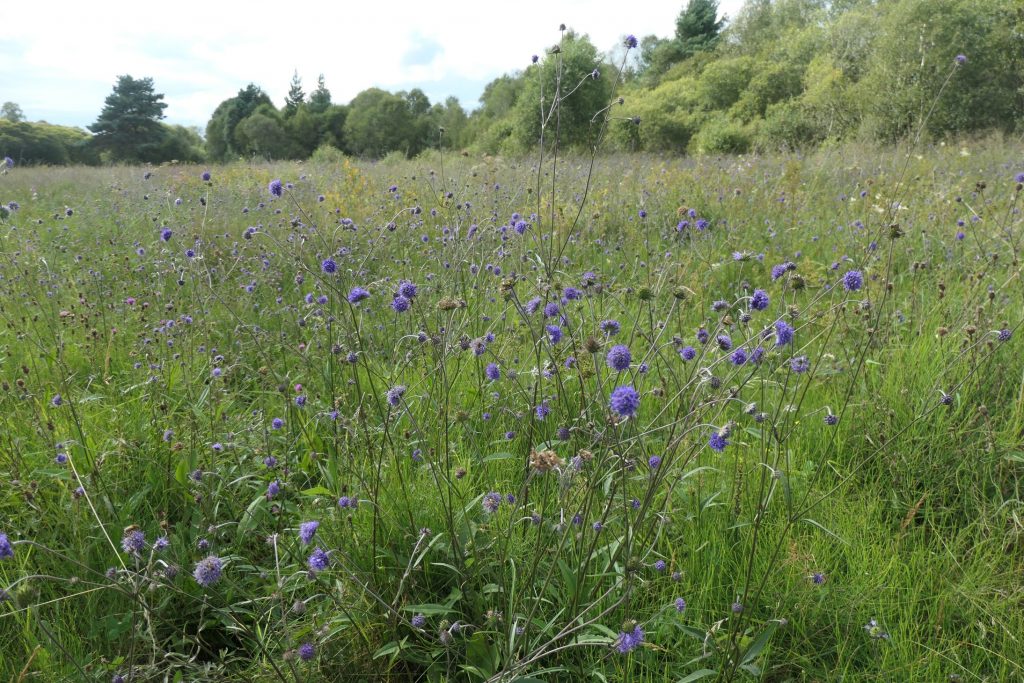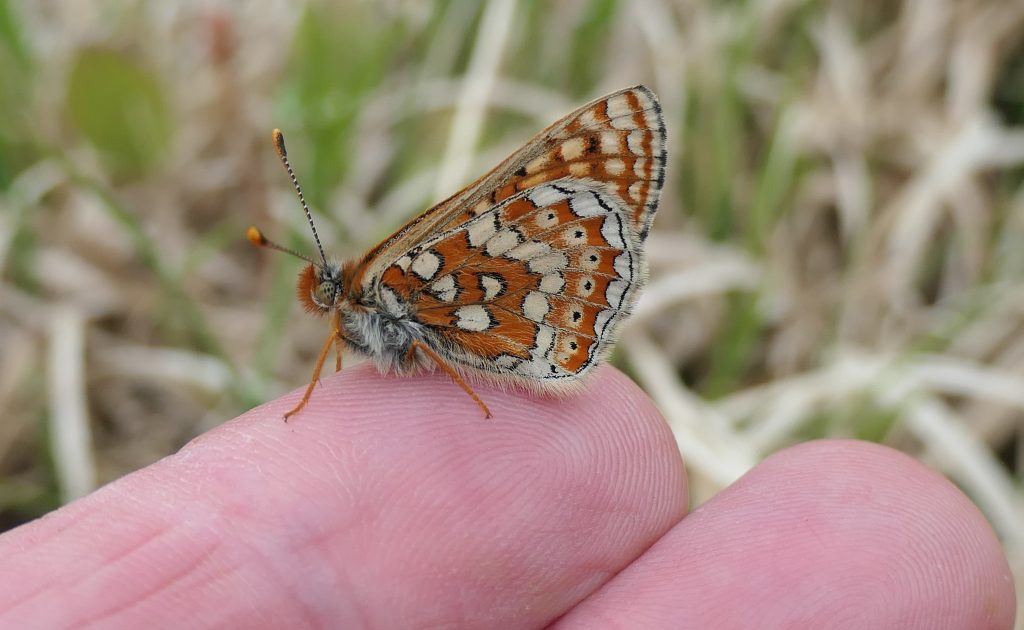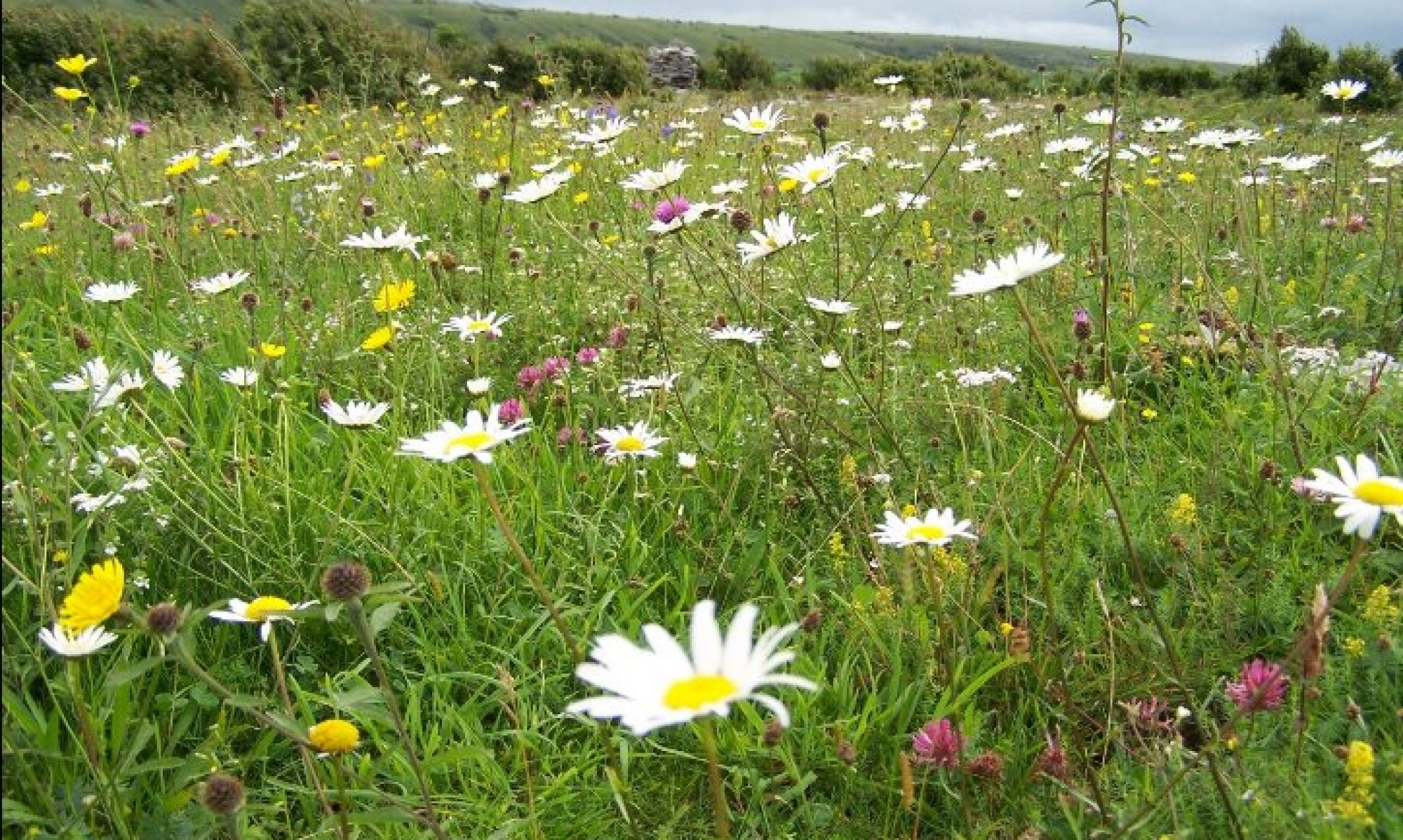The weather on Saturday, 8 November, was a rarity in November 2025: a dry, calm day. We met on the reserve and spent our time uprooting birch saplings from flower-rich wet grassland to ensure that it remains a flower-rich grassland.

A major challenge for grassland butterflies and moths is land abandonment. This occurs when activities that produce favourable habitat, such as scrub control and light cattle grazing, cease. Habitats that occur in the reserve used by the Marsh Fritillary butterfly include the following EU priority habitats: wet heath, Molinia meadows and the following Fossitt habitats: wet grassland, cutover bog, wet heath and poor fen and flush.
The habitats are vulnerable to decline due to the encroachment of scrub and dense grassland growth.
We addressed dense grassland growth by introducing cattle to the reserve in September and October. The animals performed the functions we needed with height reduction and varying the sward heights, poaching and breaking up clumping vegetation.

The uprooting of young birch and willow provides the chance for flora to develop, and the act of removing the saplings disturbs the soil, allowing seed to grow.
We chatted while we worked, making the day a happy, friendly time for us. Conservation work is toil, but it can and should be enjoyable, and this was a lovely time for all of us.
Added to which, we know that we have given nature a boost. Conservation management is sadly lacking in most of the Marsh Fritillary butterfly’s habitats.

The significant pressures affecting Marsh Fritillary in Ireland are related to habitat quality and extent, and there is no reason to expect these pressures to decrease in the foreseeable future. As the impact on the species is not direct and immediate, it may be some time before there is an observable reduction in distribution. The majority of the habitats that the Marsh Fritillary is associated with are declining and in poor conservation status.
Thanks to our members and volunteers, that is not the case in Lullybeg.
A big thanks to all who helped on Saturday and to all our excellent members.

